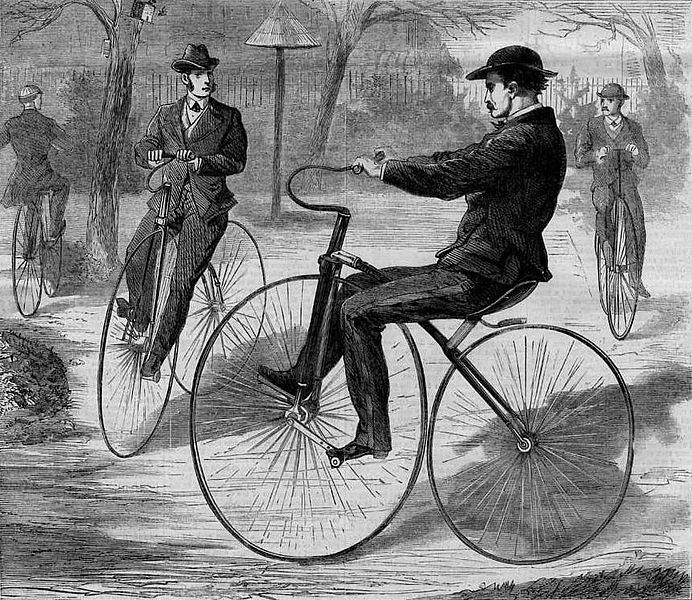New York City has been around for quite some time. In fact, the iconic city was established in 1624; that’s almost 400 years worth of history. And while the Big Apple has seen many major changes, from the technological to the infrastructural, one thing has remained constant: the bicycle. That’s right, New Yorkers have been using bicycles for centuries in order to quickly navigate the city. And even in today’s auto-obsessed world, sometimes cycling through the city is the easiest and best way to get around. Believe it or not, there are more than 800,000 New Yorkers traveling the city by way of bicycle.
And after so many centuries of utilizing the bicycle, it seems as though the city is ready to recognize one of the most versatile methods of transportation in human history. The Museum of the City of New York has officially announced the “Cycling Through the City: A 200-Year History” exhibition. The exhibit is designed to showcase exactly how integral the bicycle has been to society, specifically New York. With more than 150 artifacts, the bicycle exhibit is sure to provide a unique look through the City’s history. Some of the artifacts include photos, magazines, brochures and, obviously, bicycles.
All of this is being done to commemorate the 200-year anniversary of New York’s introduction to the bicycle. Ever since 1819, the City That Never Sleeps has had cyclists coursing through its city streets. The museum’s president, Whitney W. Donhauser, is incredibly excited about the exhibit and how it can spark a new interest in the City’s rich cycling legacy.
The exhibit is divided into three separate sections, Cycling Cultures, Cycling Machines and Cycling Landscapes. Cultures looks to inform visitors of the reasoning behind New Yorker’s interest in bicycles; which groups use bicycles? Why? Where do they congregate? Machines takes a deep dive into the actual history of the bicycle itself, and chronicles the technological advances that we’ve made in the cycling world. And finally, Landscapes provides a look at how bicycles have been implemented into the City’s daily life from controversial laws to changing physical landscapes.
New York City is home to hundreds of thousands of cyclists, each one prouder than the next to be able to commute through one of the greatest cities on the planet on their bicycles.

